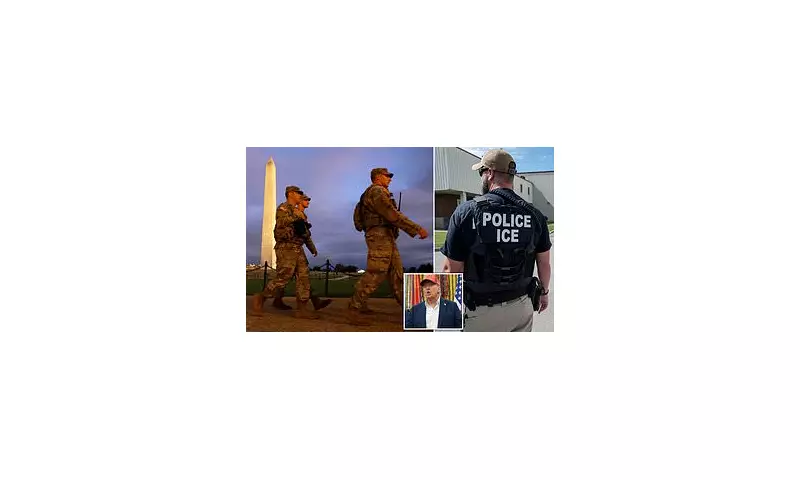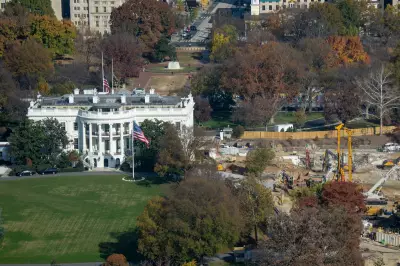
In a sweeping demonstration of domestic preparedness, the United States National Guard has initiated a large-scale mobilisation of its forces. The operation, codenamed 'Vigilant Guard', involves the deployment of approximately 5,500 citizen-soldiers across a vast geographical footprint.
The exercise is designed to rigorously test the military's response capabilities to a severe, large-scale emergency on home soil. The scenario envisions a 'no-notice, catastrophic domestic incident', pushing coordination between military units and civilian emergency services to its limits.
Unprecedented Multi-State Coordination
The scale of this mobilisation is significant. For the first time, National Guard units from nineteen different states are participating simultaneously. This includes forces from states as far-flung as Florida, Ohio, Oregon, and Wisconsin, creating a complex web of interstate military cooperation.
The primary objective is to enhance 'interoperability'—ensuring that communication, logistics, and command structures function seamlessly between units that do not routinely train together. This is considered vital for an effective response to a real-world, cross-border crisis.
The Heart of the Operation: Indiana
While the exercise spans multiple states, the Indiana National Guard is acting as the lead agency, orchestrating the complex manoeuvres from its headquarters. The state has become a hub of military activity, with troops conducting field operations and command post exercises to simulate a real-world emergency response.
This massive undertaking is not just about military might; it's a crucial test of the National Guard's fundamental role: to 'serve and protect communities' during their most vulnerable moments, bridging the gap until civilian authorities can stabilise the situation.





